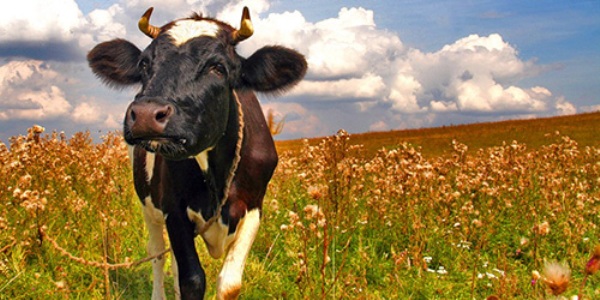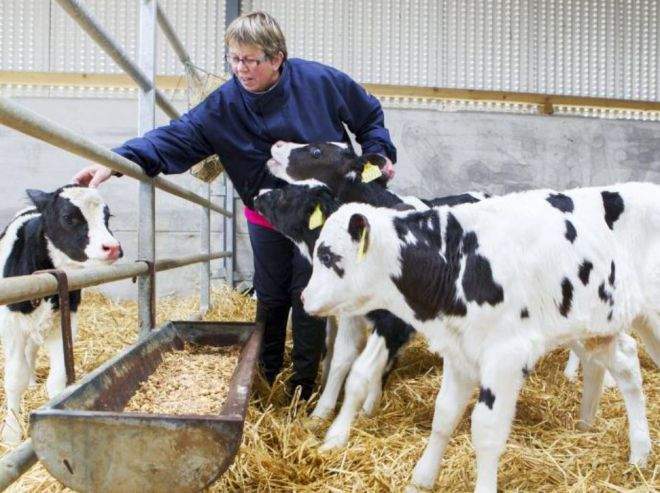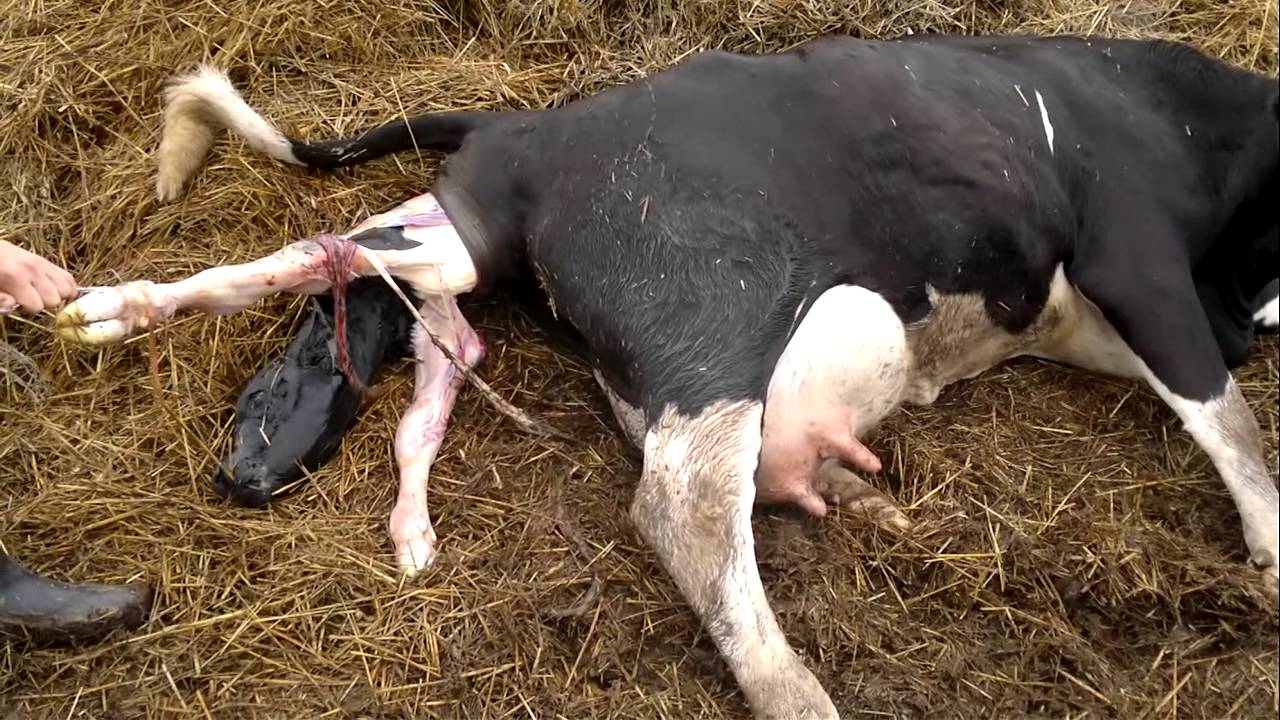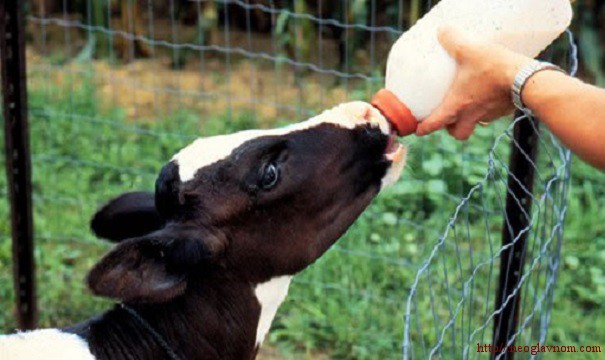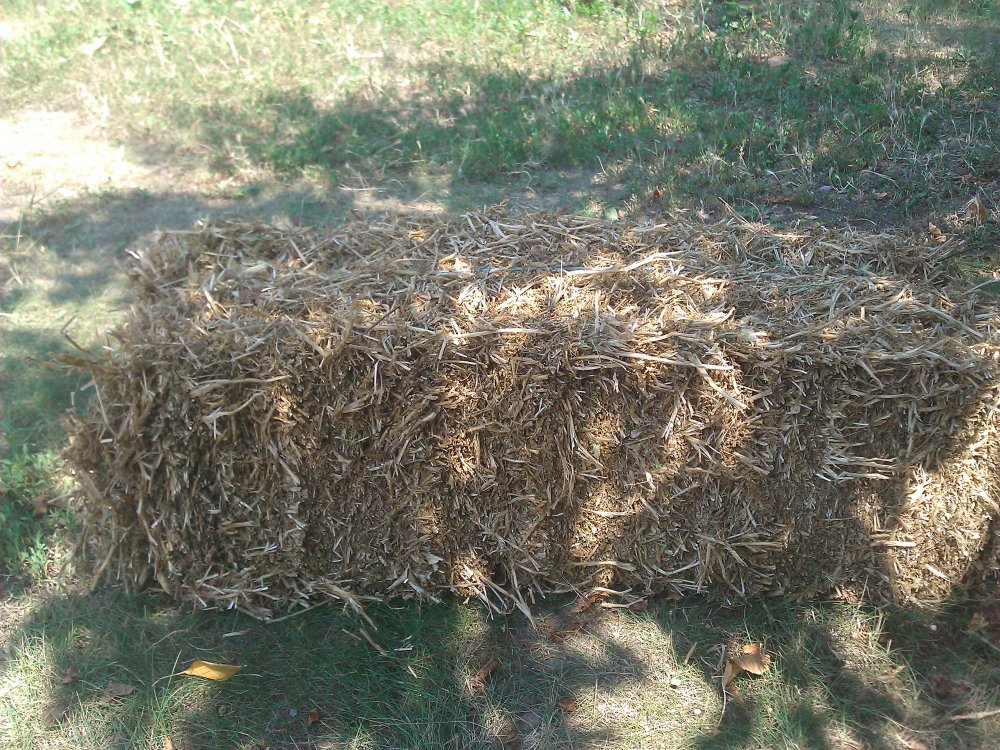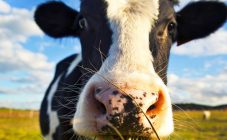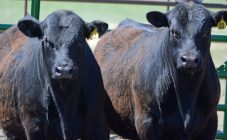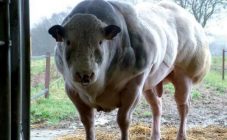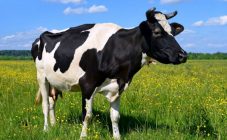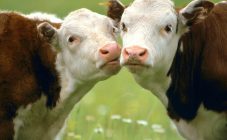Content:
The birth of calves is an important event in the life of a breeder. It is important that everything goes well and that they are healthy. In order to achieve this, it is necessary to prepare in advance for the calving of cattle and provide the necessary conditions.
When approaching the time of birth, animals must be treated especially carefully. If there are changes in the behavior of the cow, you need to take a closer look at it. At home, there may be signs:
- The cow begins to avoid other individuals in the herd.
- Behaves fearfully and is afraid of almost everything, even loud noises.
- Sometimes the cow avoids eating and drinking during this period.
This is a direct sign that cow calving is coming soon.
Cow giving birth
As the deadline approaches, signs usually appear:
- Immediately before calving, two or three days before calving, the cow begins to produce colostrum very actively.
- The abdominal cavity at this time shows significant sagging.
- The mucus from the loop becomes different: its consistency becomes much thicker.
- You need to take a closer look at how the bone is located, which is located between the pelvis and the spine. In the days before birth, she sags.
- The way the external genitals look is changing: they swell.
- In this case, the skin in this place acquires a bluish color.
Behavior is closely related to the season during which childbirth occurs. If it's summer, then the cow strives for loneliness. She can fight off the herd and even hide in a secluded place. The cow can hide in bushes or where tall grass has grown.
Preparing for childbirth
When it becomes clear that the cow is going to give birth, you need to do some preliminary preparation.
It is necessary for the woman in labor to provide rest for a few days before this event. For this, the farmer must gradually reduce the number of milkings. When this happens only once every day, you will need to switch to milking the cow every other day. Then, after five or six days have passed, and the amount of milk received reaches 500 ml, it will be necessary to completely stop milking.
The second important question that needs to be addressed at this time is the amount of feed that will be consumed by the animal. The fact is that during this period the cows have a strong tendency to obesity. To prevent this, it is necessary to carefully control the amount of feed that is given to the animal.
When viewed from the side, the cow looks very plump before giving birth. As you know, at this time its weight increases by about 80 kg.
The cow is usually fed three times a day. Particular attention must be paid to ensuring that the cow's diet is optimal. This must be taken care of throughout the duration of the cow's pregnancy. At first, it is recommended that the composition of the feed includes pumpkin, corn turf, potatoes, beets. It is advisable to add salt and some chalk crumbs to food.
Before feeding takes place, the cow must drink clean, running water. It is necessary to monitor the temperature of the water and not to allow it to be icy.
When only two months remain before calving, then the diet should at this time completely consist of dry herbs. Such a diet will allow the woman in labor to regulate the balance of minerals in the body.
It is also necessary to provide suitable conditions for the delivery. It is necessary to prepare the barn room and make it dry, warm and provide high-quality ventilation. For hygiene reasons, it is recommended to cover the floor with straw. If a cow gives birth in a damp and cold place, it can cause inflammation.
Make sure the cow has enough walks. This will have a positive effect on the health of the baby.
It is also necessary to clean the skin of the cow, removing the dirt from it with a scraper.
How a cow gives birth to a calf
When it is already clear that the calf is about to be born, just before the onset of labor, the following signs can be observed in the cow:
- It can be clearly seen that the cow is becoming more and more restless. She may feel unreasonable animal fear.
- It becomes clear that the hind legs twitch periodically. At the same time, you can see how the cow is constantly shifting from foot to foot.
- It can be seen that the woman in labor is looking for a place where she can lie down calmly.
- You can pay attention to her tail. You can see how he constantly rises and falls.
- The hum of the animal sounds lingering.
When labor comes, the cow usually tends to lie on her left side.
At the same time, one can observe in her the periodic appearance of labor pains. They occur irregularly and last for a short amount of time. Contractions can start several days before the calf is born.
How is labor going
This is how a cow gives birth. When the uterus gradually begins to open more and more, you can see how the fetal bladder appears. It can be easily distinguished due to its inherent greyish-yellow tint.
Inside is the amniotic fluid. They play an important role in the birth process. Thanks to them, the calf has the ability to move to the exit through the birthing canal. Moreover, its movement causes the rupture of this bubble. If this does not happen, you need to help and break it with your hands. This is done not earlier than the moment when you can see the appearance of the legs of the calf.
This is how cows are born. The posture in which the calf comes out is standard. At the same time, he moves with his feet forward, and his head is pressed to the chest, being tilted forward. Being in a standard position, the calf is able to leave the birth canal on its own without any problems. In this case, the length of time during which the calf is born will be no more than half an hour.
If a cow gives birth for the first time, the birth process may take longer. When twins are born, it also takes longer.
Immediately after childbirth
It is not recommended to take away the calf from the woman in labor when the cow is in labor. She immediately after he comes out, needs to lick him, removing the remnants of amniotic fluid. The result will be the cleansing of the pores and the intensification of blood circulation.
The first days after the cow gave birth, the newborn spends near the mother, being in a warm, dry room, where there should be no drafts. At this time, he feeds on his mother's colostrum.
His role is very important. It is not only a source of nutrients for the baby, but also his protection.In a calf, after birth, the immune system is weak, colostrum strengthens it to the right degree and has protective qualities for the baby.
When two weeks pass after the calves are born, hay is started.
Obstetrics in cows
As soon as signs can be observed that the cow is about to give birth, the following items need to be prepared in order to provide assistance to the woman in labor and the calf:
- You will need a bar of laundry soap to keep it clean.
- You definitely need a basin filled with warm water.
- Prepare some clean towels to dry the calf.
- For disinfecting the genital organs of a woman in labor, it will be necessary to prepare solutions of iodine and potassium permanganate.
- Next to the cow, you will need to pour a layer of straw. It must be prepared in advance.
If the waters have departed and the fruit did not come out, you need to do the following:
- The umbilical cord must be cut with scissors.
- It is recommended that the length of the remaining umbilical cord is approximately 10 cm.
- It is required to squeeze blood out of it, then it will be necessary to disinfect. This will need to be done for several more days.
When twins are born, you need to carefully monitor possible complications and respond in time. In this situation, obstetrics for cows is especially important.
Tips from experienced breeders
A few tips:
- Immediately, as soon as the baby is born, he is given at least a liter of mother's milk.
- If a cow gives birth for the first time, the birth process may take longer.
- If the outflow of water has already ended, and the calf is stuck in the birth canal, he and his mother need human help.
How the delivery went will determine whether the calf is healthy. If everything goes well, the farmer will receive a replenishment of the herd. To achieve this, it is necessary to provide the cow with good conditions during childbirth. Providing this will cost less than treating a sick calf.
